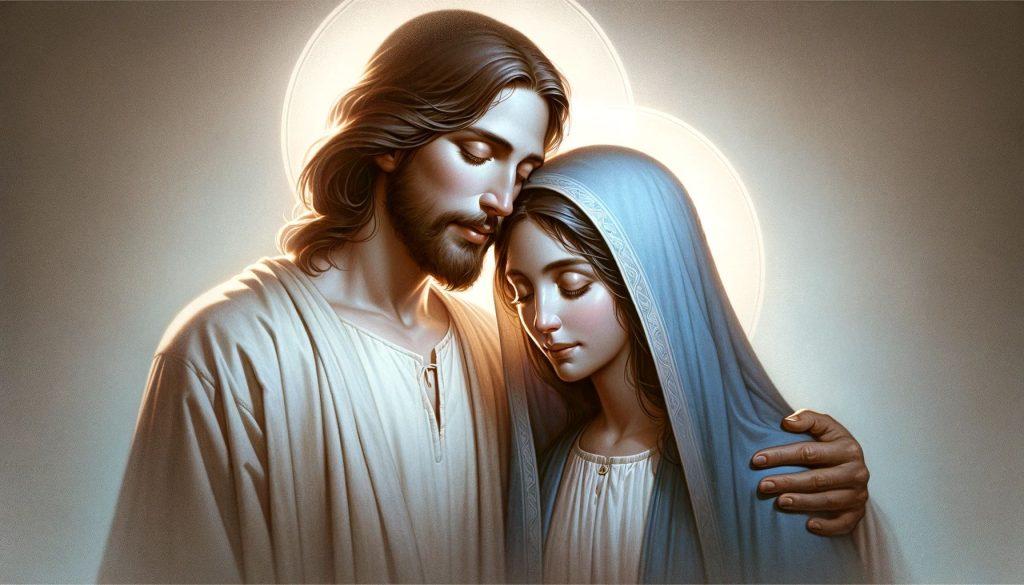The role of Saint Peter in the establishment and propagation of the Church is a subject of great significance in Christian history. Contrary to the notion that Peter was instructed by Christ to establish a Roman Catholic Church, it is more accurate to say that Christ Himself established the Church, with Peter chosen as a pivotal figure within its structure.
Christ’s Establishment of the Church and Peter’s Role
The foundation of the Church is attributed directly to Jesus Christ. In the Gospel of Matthew, Jesus declares, “Thou art Peter; and upon this rock I will build my church, and the gates of hell shall not prevail against it” (Matthew 16:18, Douay–Rheims Bible). This passage highlights the central role of Peter, not as the founder, but as a foundational stone upon which Christ would build His Church.
The Mission Entrusted to the Apostles
Following the establishment of the Church by Christ, the Apostles, including Peter, were entrusted with the mission of propagating it. They were to spread the teachings and structure of the Church as established by Christ Himself. This mission is encapsulated in the Great Commission, where Jesus instructs His disciples, “Going therefore, teach ye all nations; baptizing them in the name of the Father, and of the Son, and of the Holy Ghost” (Matthew 28:19, Douay–Rheims Bible).
Peter’s Journey and the See of Rome
The historical journey of Peter is of particular importance. After Christ’s ascension, Peter traveled extensively, eventually reaching Rome. While in Rome, Peter continued to exercise his role as the head of the Church. His martyrdom in Rome and the subsequent association of his office with the See of Rome was not a mere coincidence. It is viewed as being guided by the Holy Spirit, marking a significant moment in the Church’s history.
The link between Peter’s role and the See of Rome is further affirmed by early Christian tradition and writings of Church Fathers, who recognized Rome as a central seat of authority in the Church, primarily due to its association with Peter.
Conclusion
In summary, while Peter was not directly told by Christ to establish a Roman Catholic Church, his role as the rock upon which the Church was built and his leadership, especially as evidenced in his time in Rome, were crucial to the early Church. These events, under the guidance of the Holy Spirit, shaped the structure and authority of the Church as it grew and spread throughout the world.
🙏 PayPal Donation Appreciated
The Case for Catholicism - Answers to Classic and Contemporary Protestant Objections
Disclaimer: As an Amazon Associate, I earn from qualifying purchases. Thank you.
